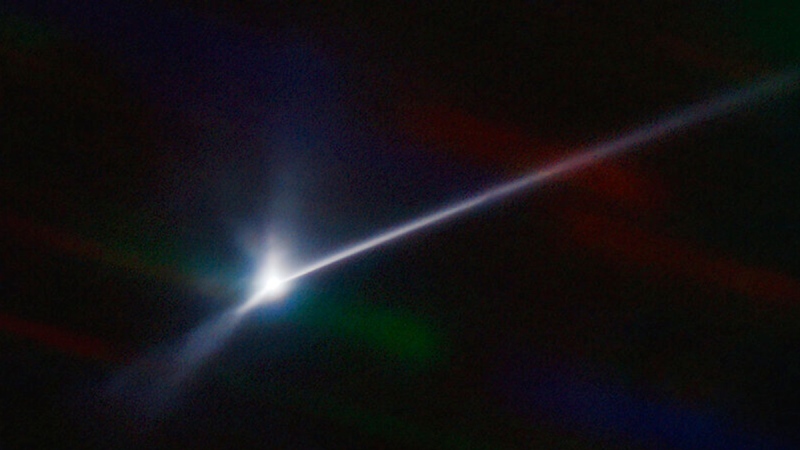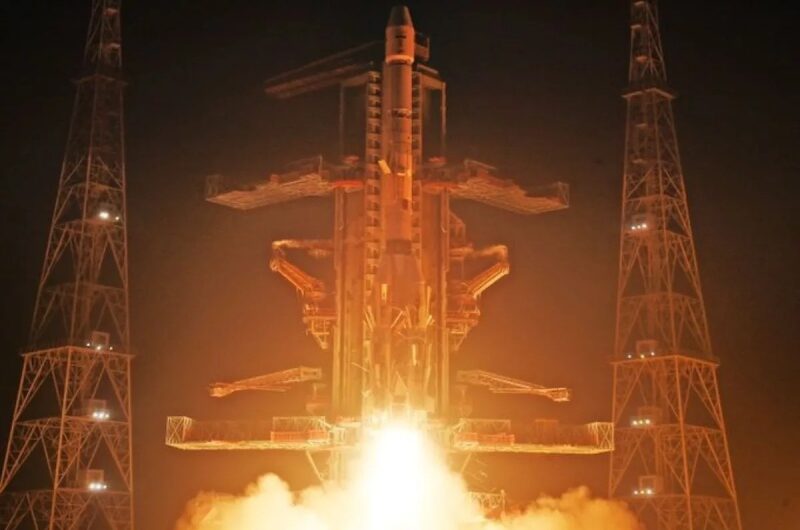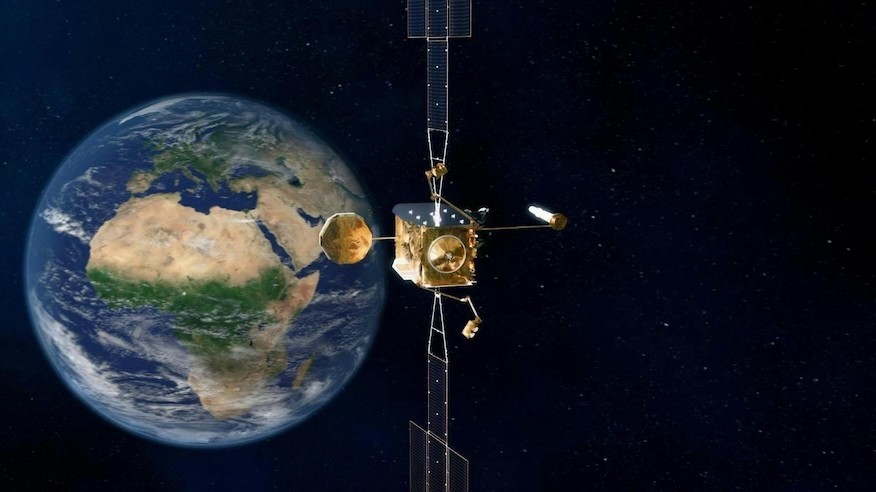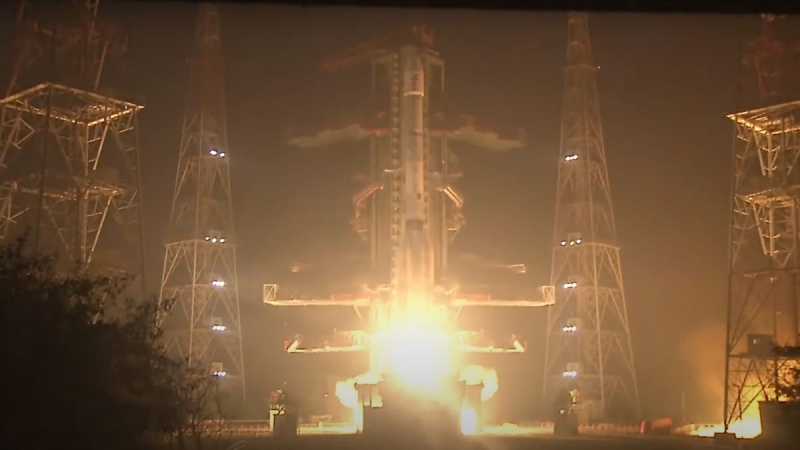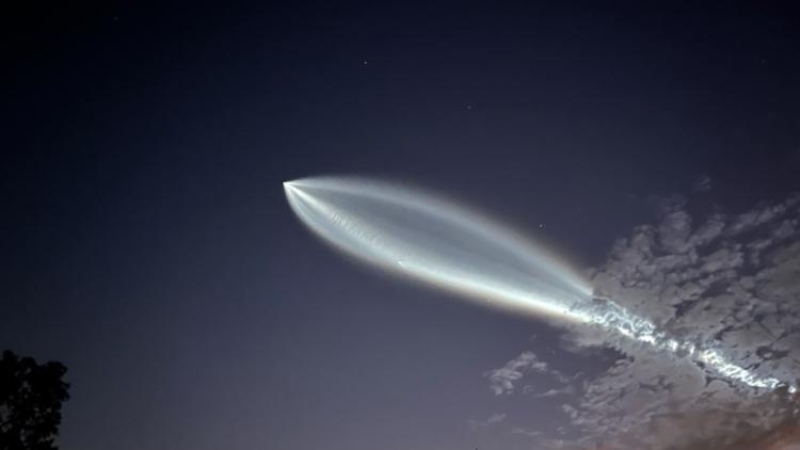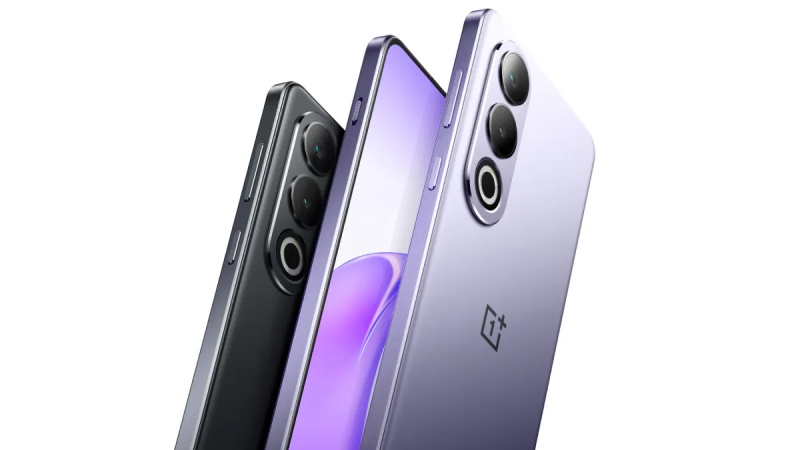Astronomers have recently conducted studies to gain a deeper understanding of Dimorphos, the asteroid moonlet that was impacted by NASA’s Double Asteroid Redirection Test (DART) spacecraft two years ago. On September 26, 2022, the DART probe collided with Dimorphos, which orbits the larger asteroid Didymos, altering Dimorphos’s orbital period by approximately 32 minutes.
Using data collected by DART and the Light Italian Cubesat for Imaging of Asteroids (LICIACube), scientists have published three papers detailing the geological characteristics and ages of the two asteroids. A research team from the Johns Hopkins University Applied Physics Laboratory has determined that Didymos, the larger asteroid, is around 12.5 million years old, while Dimorphos is relatively younger, at approximately 300,000 years old.
In terms of geological features, the researchers found that Didymos has a rugged surface covered with boulders ranging from 33 to 525 feet in size. Dimorphos, while largely free of craters, also contains boulders and shows several surface cracks.
A second group of researchers, from the Astronomical Observatory of Padova, suggests that the two asteroids formed in different phases. They propose that Didymos’s rocks may have originated from Dimorphos, which could explain a distinctive ridge observed along Didymos’s equator.
A third study, conducted by scientists from the Université de Toulouse, revealed that Didymos’s surface consists of very loose material and that the boulders on Dimorphos are undergoing a fracturing process over approximately 100,000 years—a relatively short time in astronomical terms given the solar system’s age of 4.5 billion years. The study also noted that some boulders on Dimorphos have a similar morphology to rocks found on other asteroids, such as Itokawa, Ryugu, and Bennu. All of these findings have been published in the journal Nature.
These insights are expected to be valuable for the European Space Agency’s (ESA) upcoming HERA mission, scheduled for launch in October 2024. This mission aims to closely examine the aftermath of DART’s collision with Dimorphos and will ultimately help scientists assess the effectiveness of asteroid deflection strategies in protecting Earth from potentially catastrophic asteroid impacts.

